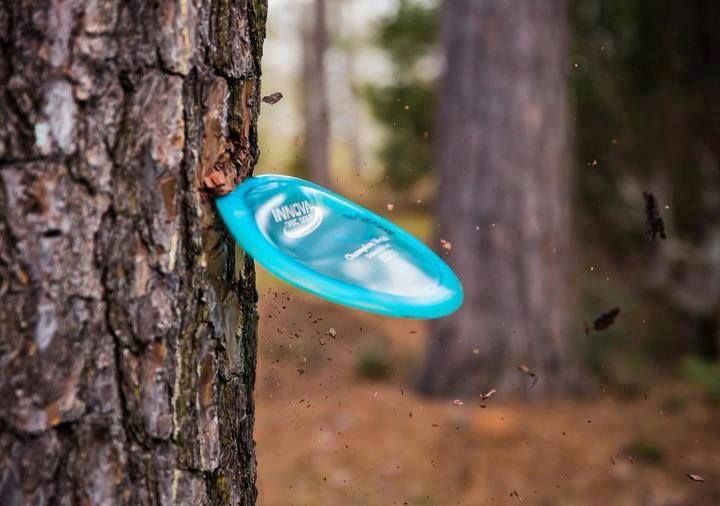MonkeyShine
Par Member
Glide increases when a disc gets dirty. That's because the dirt on the disc has the same charge as the dirt on the ground, and like charges repel each other. This is the same reason why new discs can't seem to avoid hitting trees or pavement when you throw them the first time. But eventually they will absorb tree molecules and stop heading straight for them.
When there are a lot of trees, a disc tends to rise or fall suddenly, that's because the disc doesn't know which tree it is most attracted to, so it deliberates, like when you see a donut but you're supposed to be on a diet.
When there are a lot of trees, a disc tends to rise or fall suddenly, that's because the disc doesn't know which tree it is most attracted to, so it deliberates, like when you see a donut but you're supposed to be on a diet.
